Whether you’re practicing lent in your safe subdivision in Cavite or going on a pilgrimage with your family, the Lenten season is both a time for peace and an opportunity to explore. For this article, we’ll show you how you can spend it as a family, travel abroad and what countries you can visit this lent.
How to Spend Lent as a Family (Even If You’re Not Catholic)
Regardless of your religion, there’s nothing wrong with learning more about what other religious groups do or practice. After all, we have these things marked in our calendars by default, so why don’t you try and see why they do what they do, right? Here’s how you can spend time with your family as lent begins, even if you’re not catholic:
Read a little history together
If you’re not catholic, you probably don’t know about lent or why they don’t consume meat on Ash Wednesday, Good Friday, and all Fridays of Lent. We’re not going to spoil the story for you in this article. However, you can spend lent as a family by reading or learning a little history together. Treat it as an academic experience, or maybe a chance to learn something new as a family.
Not only will this let you and your family learn about another religion, but this can foster acceptance in your children. Don’t worry, learning about other religions beyond what they’re currently practicing won’t make them leave your church or not practice your doctrine. On the contrary, this can break barriers by helping us understand each other and why we do things differently. Better yet, we can find similarities in what we do and respect how each group does it.
On the other hand, for catholic families, you can spend this time explaining to your kids why Catholics do these practices. This is better than just enforcing a rule on them that they don’t understand.
On top of that, you can read the Bible together, or maybe do a Bible study together. Tell them the stories that they must know so they can understand. You can do this with extended members of your family so that before you come home to your subdivision in Cavite, you can rest assured that everyone learned something.
If you have toddlers, you can let them read stuff out loud. After all, most kids who just learned how to read would love to read anything they can see.

Family worship or devotion
In most Christian churches, it’s often encouraged to do family worship or individual daily devotions. Whether you choose to spend minutes or hours learning about how God resonated with you today, it doesn’t matter as long as you do it with your family.
For non-Christian or -Catholic families, you can spend the Lenten season worshiping with your kids (or teaching them how to). Kids would more likely follow the footsteps of the adults around them, so if they see you practice what you tell them, they’re more likely to commit to something you want them to learn about.

Practice being present
One of the purposes of Lent is for Christians to give up something, in observance of the sacrifices of Jesus Christ. It doesn’t have to be something grand. It can be something as small as being more present in your family.
For kids or teenagers, this can include committing more family time by putting down phones and other gadgets whenever the family is together in one space. Be it in the living room or the dining table. You can even create a play-free zone in your house where everyone must spend quality time with anyone around them in that space.
Even if you’re not a catholic, this is good practice as being more present in the family can help improve mental health. Numerous studies have shown that spending quality time with your family can reduce stress and anxiety. So, even if you’re an adult or a busy parent, you should always find time for your family.
Some families even spend the Lenten season overseas. Now that travel restrictions have started to ease up, you can do that this year!
Countries to Visit for Your Lent Family Vacation and Travel Requirements
Most of the countries on this list will be catholic-dense since lent is something all of them practice. Even if you’re not from a catholic family, you can still enjoy these countries for the view, culture, and food. This is a great way to spend time with your family while being away from the borders of your subdivision in Cavite.
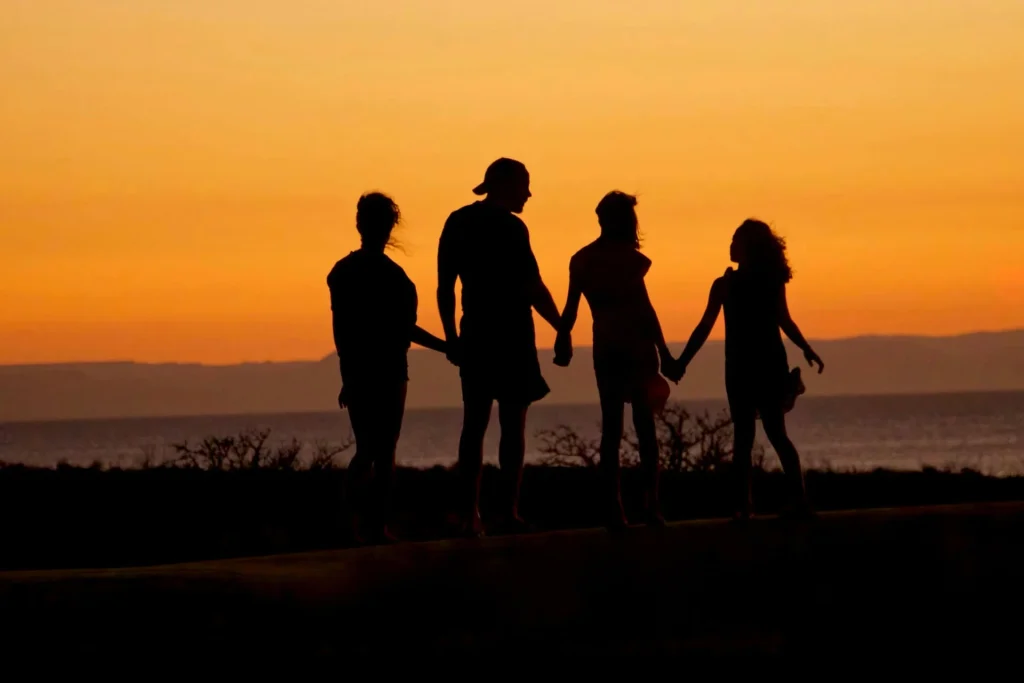
Important things to consider
The health security of everyone should be the top priority when traveling as a family, especially when with younger kids. To prepare, check up on your child’s medical history. They might be susceptible to the different environments when traveling so keep in mind how your young kids would fare abroad. Research details about your holy week destination country and prepare things for certain situations for example, when going on an international flight, check ways how to help your kid manage jet lag. A few safety precautions you can do are bringing a small first aid kit, getting travel insurance and medical insurance, having an idea of emergency phone numbers, important documents, and more. Another thing you must consider before booking that ticket is the required vaccinations which we’ll tackle later on.
Jerusalem
Jerusalem is one of the oldest cities in the world and is considered to be the “Holy Land” in the major Abrahamic religions, including Christianity, Islam, and Judaism. However, beyond its constant heavenly description, Jerusalem is also a buzzing metropolis where you can see the subtle mix of traditional lifestyle and modern development.

After visiting the Old City, you can visit the Israel Museum this holy week, which is the country’s biggest cultural institution and one of the world’s top archeology museums. It houses about 500,000 artifacts, ranging from ancient artifacts to contemporary sculptures. Some of these artifacts are as old as 70 B.C.
Meanwhile, you can do fun activities, including the Moonshine Escape Room, which is the top one of the most fun things you can do in Jerusalem, according to Trip Advisor. Escape rooms are one of the most popular activities Jerusalem is known for so check them out.
As for travel restrictions from the Philippines, entry is partially open for Filipinos. Here are the requirements:
- Everyone must present a negative COVID-19 RT-PCR test performed within 72 hours before arrival or an antigen test within 24 hours before arrival.
- All visitors must have a COVID-19 test upon arrival at the airport
- Everyone is subject to a one-day mandatory self-quarantine
- Entry permit issued by the Population and Immigration Authority or the Ministry of Foreign Affairs
- Travel insurance and medical declaration
These requirements apply to all visitors from all countries. However, don’t forget to consider that Israel still has 10,000+ daily cases as of writing. So if any member of your family doesn’t have a booster dose yet, we recommend not bringing them with you on the trip.
Italy
Italy is one of the most densely populated catholic countries in the world as it is the home of Rome, as Roman Catholicism started from their empire. So if you’re looking for a scenic pilgrimage, Italy is a great place to go.
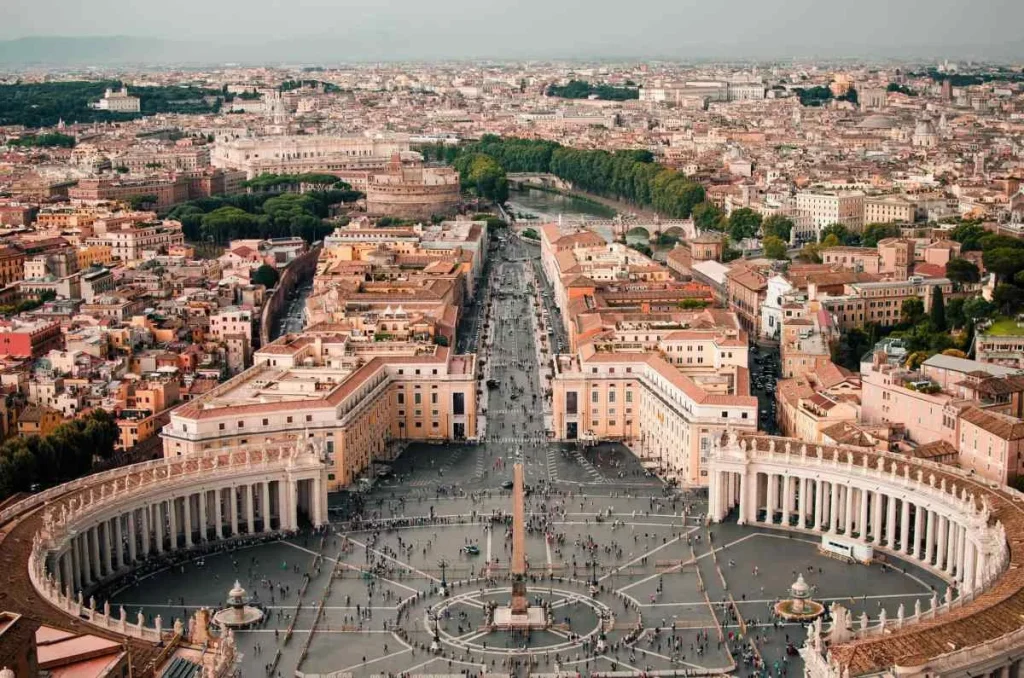
You shouldn’t miss Rome, of course, as it is also where you’ll find Vatican City, home of the Pope. However, other than that, you should also visit Cascia, home of the Saint of the Impossible, Saint Rita, who was blessed with Stigmata on her forehead. You also shouldn’t miss the Milan Cathedral or Duomo di Milano, which is famous because it took nearly six centuries to complete.
After your pilgrimage, you can go to the Colosseum for some ancient sightseeing. Then, you can relax on the banks of Venice, which is considered to be one of the most romantic places in the world.
However, there is a catch. According to the Italian Embassy in the Philippines, you can only travel to Italy if you fall in at least one of the following categories (visit the website for the complete list):
- Proven work reasons
- Absolute urgency
- Health reasons
- Study
- Return to one’s home or residence
- Non-European Union citizens (third-country nationals) holding long-term residence status in a European Union country, following Council Directive 2003/109/EC
- Family members of the persons holding a long-term residence status
If you can travel to Italy according to these requirements, you need the following:
- Negative RT-PCR test 72 hours before arrival
- ● Self-isolation for 10 days
- ● RT-PCR test after self-isolation
If you can’t visit Italy this year, you can live in a subdivision in Cavite with Italian-inspired homes. Crown Asia specializes in these Italian luxury houses in Cavite and Laguna.
France
If you’re looking for a romantic getaway while having a pilgrimage this Lenten season aside from Venice, there’s no better place than France.
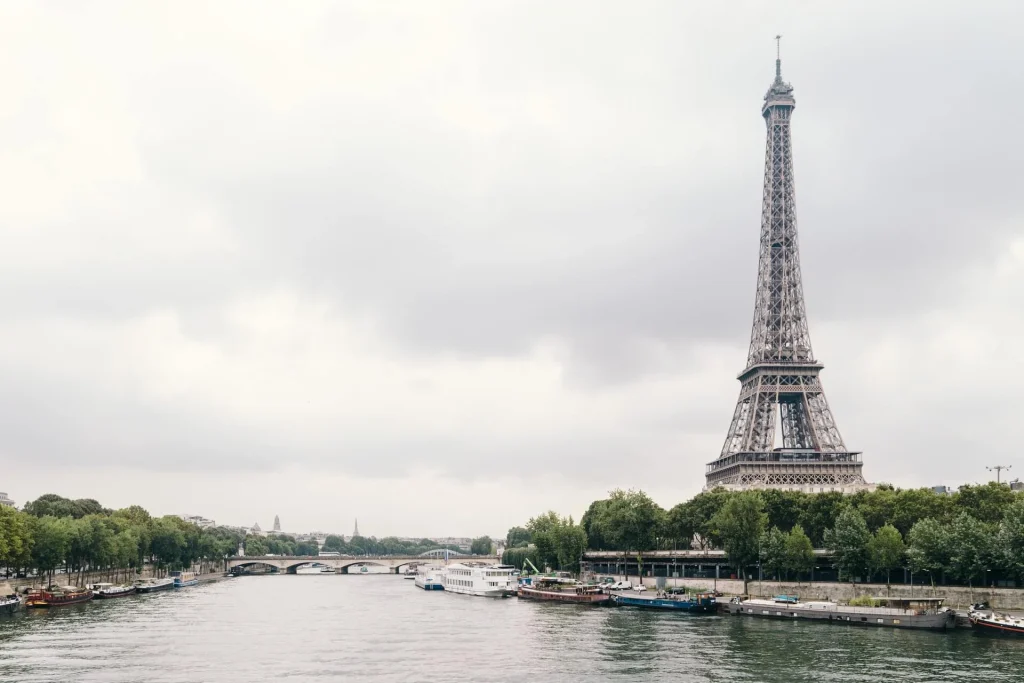
Aside from its well-known tourist spots, France is also known for having the best pilgrimage sites.
Lourdes is one of France’s most famous shrines, as it is known to be a place of healing and wholeness. Most tourists come to this place to touch (sometimes even bathe) in its waters as it is believed to be a healing spring. Of course, you should also never miss the Basilique Notre-Dame de Fourvière, as it is one of the most famous historical landmarks in Lyon, France.
While you’re in France, if you’re not fasting, you shouldn’t miss visiting the Michelin-starred restaurants there. After all, France is the gastronomy capital of the world. Some newly starred restaurants include Granite by Tom Meyer, Auberge Nicolas Flamel by Grégory Garimbay, and Le Grand Contrôle by Alain Ducasse.
Luckily, the Philippines is on the “green light” list of France since March 2, 2022. However, there are conditions per vaccination status. You can enter France:
- 28 days after the Janssen vaccine
- 7 days after your second does of other types of vaccines recognized by the European Medicines Agency (EMA), which are Pfizer, Moderna, and AstraZeneca.
- For other vaccines not recognized by the EMA, you can visit France after 7 days since your booster shot of a vaccine recognized by the EMA.
Other than these vaccine restrictions, the usual stuff applies, including your Visa, duration of stay, and others. These are all according to the Ambassade de France aux Philippines et en Micronésie.
Ireland
Although a small country, Ireland is one of the best places to go to if you want to go on a Lenten season pilgrimage. The country is heavily catholic, so you can expect a lot of landmarks influenced by the Catholic church, all of which are quiet and perfect for peace and reflection.
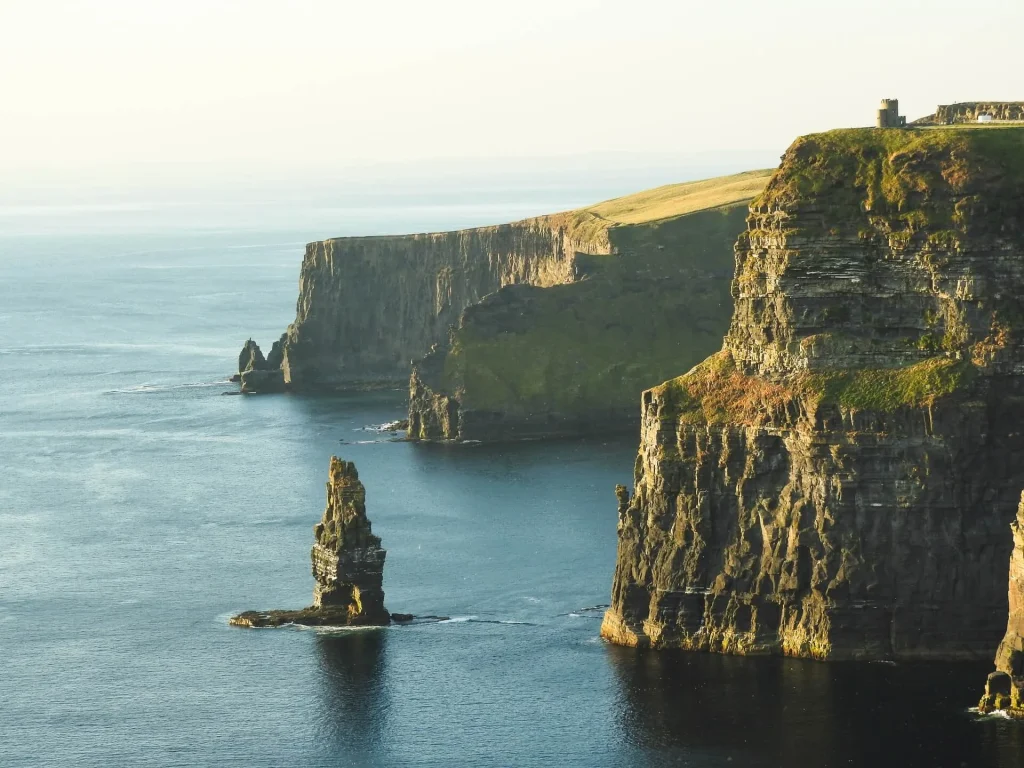
One of Ireland’s most famous landmarks is the Croagh Patrick, which is considered to be the holiest mountain in Ireland. It is also the place where Saint Patrick is said to have spent 40 days and nights fasting and praying when he was a missionary in Ireland. If you want to visit this place, be prepared for a hike, as the climb is 2,500 feet. Even so, thousands of visitors come here for their lent sacrifice.
But regardless of you’re religion, you should never miss the cliffside scenes of Ireland. The Ring of Kerry is one of Ireland’s most scenic routes, as it is about 180 kilometers of Atlantic Ocean view.
If you want to visit Ireland, you’re in luck. While they were probably the most strict in terms of COVID rules, Ireland is now open for travelers. According to CNN travel, you no longer need to present proof of vaccination or even a negative RT-PCR test when you arrive. There are also no more post-arrival testing and other quarantine requirements.
However, if you do develop COVID symptoms while you’re in Ireland, you need to follow the guidelines of the Health Service Executive regarding isolation.
Spain
Last but not least, who can forget the reason why we have Roman Catholicism in the Philippines, our first colonizers themselves, Spain.
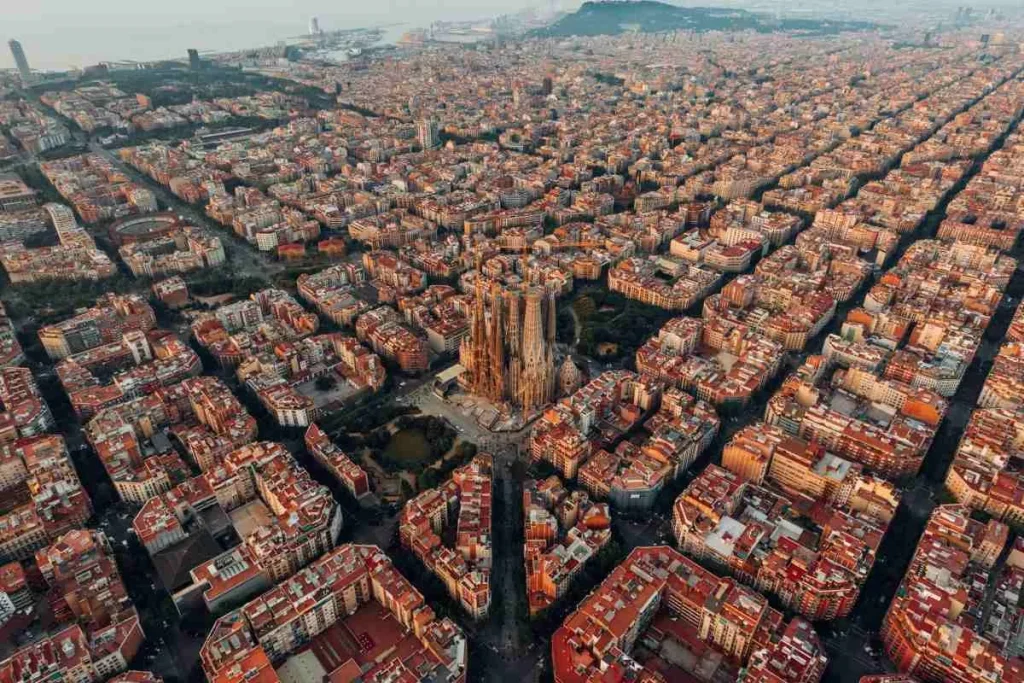
When it comes to religious tourism, Spain is a country that has a lot to offer.
The Leon Cathedral is a good destination, as the city of Leon is often overlooked by tourists. However, this cathedral has a jaw-dropping architecture with stained glass windows that you simply can’t miss.
Meanwhile, if you’re looking for a famous spot this holy week, then Basílica de la Sagrada Família in Barcelona is your go-to pilgrimage landmark. It’s known to have been in construction for more than a century now, with an expected finish in 2026. However, its completion has been delayed because of the pandemic.
Luckily, there’s one thing that wouldn’t be delayed: your flight. According to CNN Travel, fully vaccinated tourists and visitors with proof of COVID-19 recovery for the past six months can visit Spain for vacation. A negative RT-PCR test is also no longer required, no matter what country you’re coming from.
Now while travel restrictions have been eased, this is not an excuse to be reckless when you’re in a different country. Make sure that you practice proper health and safety protocols, as you wouldn’t want to catch and spread the virus when you come home to your subdivision in Cavite.
Related Blog: The Best Places to Visit in Cavite and Laguna for Your Holy Week Vacation


